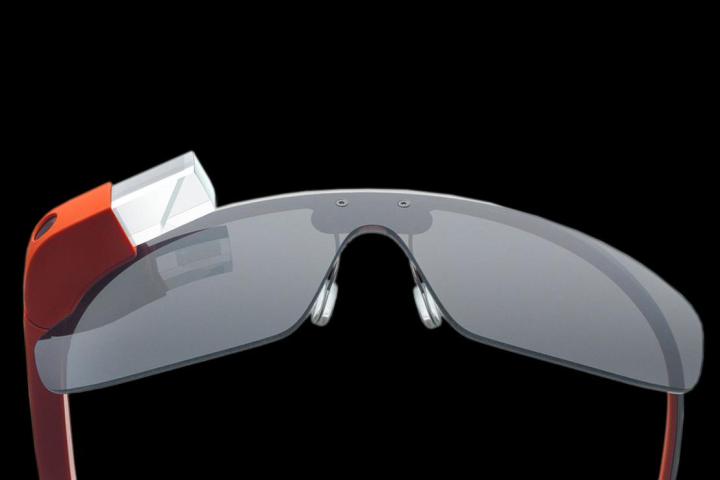
Google’s face-based Glass device has come on leaps and bounds in recent months thanks to the monthly software updates rolled out by the Mountain View company, each one giving Explorers a bunch of new features to play about with.
The latest update, released on Monday, includes something Google’s calling Vignettes, which essentially allows the Glass wearer to take a screenshot of their display, which will therefore include, for example, any data from the Web superimposed on the scene before them at the time.
So, just after taking a photo of something, tap and select ‘make Vignette’ and a new image – together with any on-screen information – will be created. Google shows a few Vignette images of its own by way of example, including one (below) showing a photo of a motorcycle together with its specifications, pulled from the Web, shown down the side.

Another new feature is YouTube videos for search results.
“You’ll now see YouTube results for some searches,” the Glass project says on its Google+ page. “For example, imagine your bike tire’s just gone flat. Walk it home? Nope. Now, you can find and watch a quick YouTube video on how to fix it in a flash. Just tap to play and pause, swipe forward to fast forward and backward to rewind.”
Sound search
The new sound search feature runs along the same lines as song-recognition service Shazam, allowing you to ID a track simply by performing a long press on the touchpad followed by a swipe forward. The song name will then flash up on your display. Alternatively, you can follow the long touchpad press with the question, “What song is this?” to pull up the same result.
Finally, in response to user requests, Google Apps accounts have been brought to Glass.
“You asked, we listened, we toiled and now we are building and testing Glass with Google Apps accounts,” the company said. “Some services, like email, are working already. Feel free to try it out by factory resetting your Glass, and signing in with your Google Apps account.”
Improvements
Glass development is moving along at some pace, with many hoping to see the revolutionary wearable tech launch in the first half of next year.
Glass project leader Babak Parviz said recently his team is currently looking to improve the gadget’s battery, which at the moment lasts around a day for “typical use”. It also wants to improve its video processing capabilities.
The project leader said that all in all the team has so far made a “good solid first step” with Glass as the intriguing new product heads steadily towards launch day.
Editors' Recommendations
- Google Pixel 9: news, rumored price, release date, and more
- The 4 biggest things Google didn’t announce at Google I/O 2024
- Google Pixel Watch 3: news, rumored price, release date, and more
- Google Pixel Fold 2: news, rumored price, release date, and more
- A big Google Pixel 9 feature just leaked, and it sounds impressive
